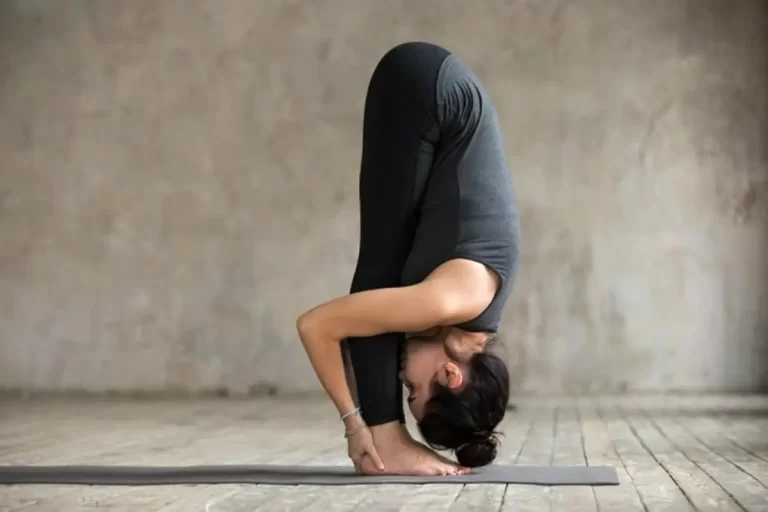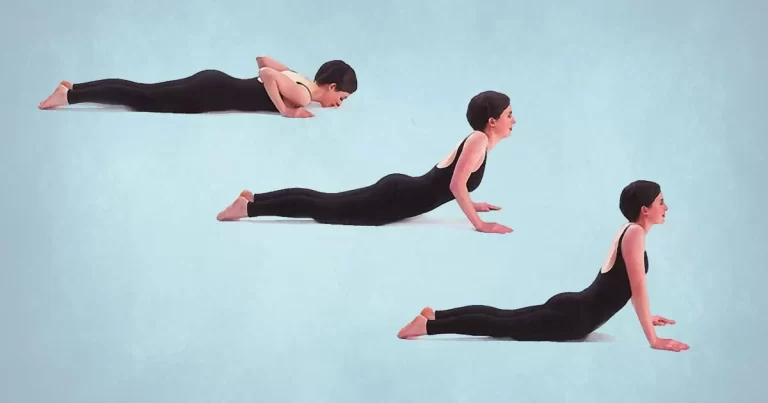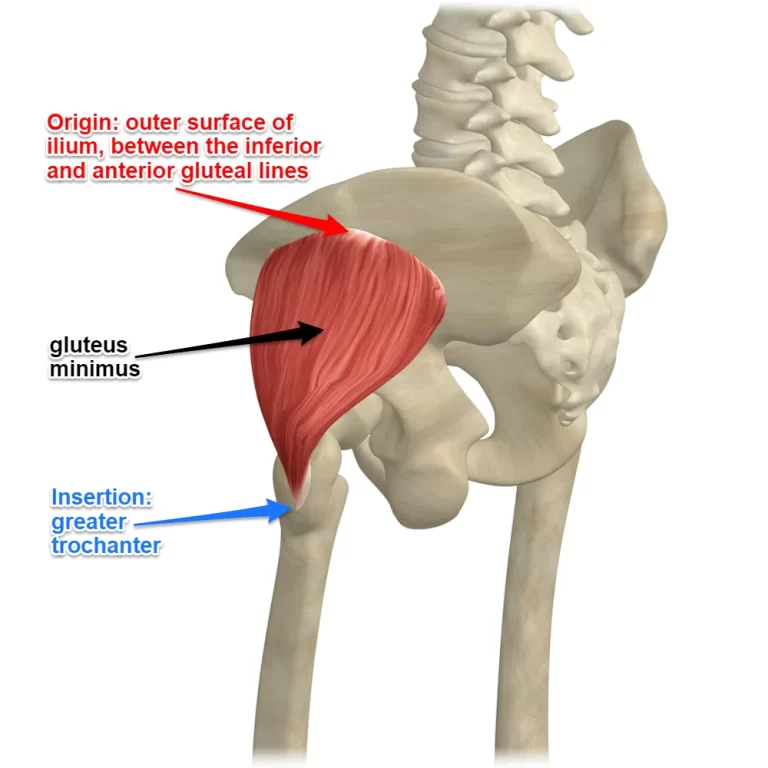Siddhasana
Introduction
Siddhasana is a yoga posture indicated for Meditation. It is one of the ancient yoga poses like Padmasana.
Normally, householders don’t bring this pose for practice. This is because individuals feel that this pose is for those yogis who have sacrificed the earth. This is the reason why Siddhasana has not become as famous as other conventional yoga poses.
Regardless, this pose can be a good alternative to Padmasana, because it is comparatively easier to bring dexterity over. Classic Yoga texts eulogize this pose as the most significant one for meditation.
What is Siddhasana?
Siddhasana is a Sanskrit term in which the means of ‘Siddha’ is attained, perform( finish) and the means of Asana is the seat, posture(pose). Siddhasana is another simple meditative posture utilized for meditation (other yogic activities). In terms of Hath Yoga Pradipika or Yoga text, Siddhasana is the fourth very effective sitting posture fitted for Dhyan or meditation.
In Hatha Yoga Pradipika there are eighty-four various Asanas noted; in this text, it is told that every yoga amateur must attempt Siddhasana, among the 84 Asanas. Siddhasana is the second-best sitting asana after Padmasana (Lotus Pose) as per meditation practitioners, Hence few yoga practitioners believe Siddhasana is the most influential of all Asanas for meditation. According to Hatha yoga Pradipika, the practice of this pose filters all the Seventy Two Thousand Nadis (energy channels or energy gateway) within the body, by which the prana flow. This Asana is easy to perform and suitable for everybody.
How To Do The Siddhasana?
Siddhasana can be rehearsed on a yoga mat for consolation and to furnish a pillow for a few parts of your body. This seated asana belongs to the beginner’s category and can be practiced by virtually anyone with relative relief and without pain.
To start with, you can first be seated in a place where your legs are straight in act of you and facing the sky. While in this posture your hands should ideally be by the side of your body.
Slightly and slowly turn your knee on the left and try getting the heel of your body closer to the groin region. This might not be difficult for most people who are used to being seated on the floor.
Now, it is time for the knee on your right to be carried. Rather than moving towards the groin region, it would have to ideally be towards and in act of the ankle on your left leg.
This is the time that you start to focus on your breathing as breathing and moves virtually go hand in hand. While you exhale the right foot should be lifted and positioned above your left ankle.
Now, the right heel of yours can be obtained closer to the groin region. If this positioning is not comfortable for you, ideally, you do not force it. As time moves by you would start to attain the pose with ease.
To hold your pose steady you can now get the right toes and fix them among the calf on the left foot. There might be a little pressure required but not too much to hurt you.
Your hands should now be positioned on your knees with the palms encountering the sky, and ceiling (anything that is above your head). You should try to touch the floor with your knees to confirm that you are doing the asana right.
It is common for beginners to face a little discomfort to attain this pose but you mustn’t rush into it. If you are faced with discomfort you can slowly master it with regular practice.
Virtually, once you can acquire the posture you should concentrate on your position while you are placed and the gaze. Ideally, the gaze should be straightforward and the head to the back spine is in a straight line.
You can commit to this posture for about a minute(even more as time goes by). Regardless, accomplish not emphasize yourself too much in this position when you start practicing the Siddhasana.
You must accomplish it one phase at a time until you master it. Following the steps mentioned above would only create this a lot easier for you as an individual. This would even ensure that you are accomplishing the asana right and not putting unnecessary effort into your body.
Siddhasana Pose Video
What are the Benefits of Siddhasana?
One of the more useful Siddhasana advantages is that it uncloses your hips. This enhances the flexibility in your pelvis region and enhances the health of your reproductive organs.
An important Ardha Siddhasana benefit is that it is easy to accomplish, specifically for individuals who cannot do the full Siddhasana.
An important Ardha Siddhasana Isha Yoga benefit is that it enhances your circulation. This supports bettering your immunity and maintains your body healthy.
Since Siddhasana is the overture to meditation, it encourages stability in emotions. It decreases stress and anxiety by enhancing your reaction to emotional triggers.
One of the most useful Siddhasana benefits is that it creates you better grounded. This not just enhances self-image but also betters your interpersonal relationships with others.
Ardha Siddhasana Isha Yoga enhances your alertness and attention. This, in the long run, maintains your mind strong and prevents the risk of neurodegenerative disorders such as Parkinson’s and Alzheimer’s Disease.
Siddhasana is beneficial in activating your chakras. This prevents a host of health problems.
While accomplishing Siddhasana you are needed to sit in a firm and upright position. When you accomplish this posture regularly, your backbone brings strengthened. This helps in preventing lower back issues, mostly in individuals who lead sedentary lives or require to move for long hours.
By augmenting the flow of blood to your knees and ankles, Siddhasana asana yoga poses prevent aches and stiffness in the joints. This is especially beneficial for individuals who suffer from arthritis.
Siddhasana practice doesn’t need an elaborate setup. All you require is a yoga mat and a tranquil space to include in your workouts at home.
Modifications & Props
Place a tucked blanket beneath your sitting bones if your tight hips prevent you from sitting comfortably. Confirm that your hips are more heightened than your knees.
Create sure your knees are touching the floor when sitting in this position; otherwise, put a blanket or cushion under your knees.
Sit with your back against the barrier if you have a curved back. You even have the option of simply placing a block between the wall and your scapula.
If your hips aren’t flexible enough, you can comfortably sit in Sukhasana or a Comfy posture.
Safety and Precautions
The Siddhasana posture is typically secure for most fitness levels. Regardless, if you have any knee, hip, or sciatica problems, you should avoid this exercise. Additionally, if you have problems with your ankles, create sure to spend focus and address any discomfort or limited range of motion when performing this posture.
If you have any pain during performing, stop and consider one of the modifications. Relax into the posture and avoid forcing the position as you lower your knees to the floor. It is normal to feel an expanse in the internal thighs, hips, and groin region, but you should never feel an ache.
Conclusion
Siddhasana has significant importance on the earth of yoga. Among the 84 lakh asanas, Siddhasana has been held in the most useful posture. This easily leads you toward the achievement of salvation. Accomplishing this with a sincere heart and on the right path leads you to attain supernatural accomplishments.
FAQ
1. How to perform Siddhasana?
Seat comfortably on the base while maintaining your legs close to each other. Gently tuck your left leg and position your ankle close to the perineum. Place your right foot over the left creating sure that your knees are touching the ground. Maintain your backbone straight and inhale and exhale extremely.
2. What is Siddhasana used for?
Practicing Siddhasana can enhance your posture, prolong your backbone, and open your hips, chest, and shoulders. Since you can maintain this posture for a long duration, it’s even an ideal position for meditating. It’s even an excellent exercise for augmenting flexibility in your hips and internal thigh muscles.
3. What is the power of Siddhasana?
Siddhasana is the real strength of its capability to furnish us the distance to meditate on the tranquility and majesty of selfless conveying and unconditional passion. The accuracy can be told for the attainment of peace within the yoga practice rather than the accomplishment of the excellent yoga pose. Yoga is an inner, not an external practice.
4. What are the benefits of Siddhasana Quora?
The Siddhasana posture prolongs the shoulder, elbow, hips, knees, and ankles. When done perfectly, it even sustains direct energy from your lower body upward via the backbone, which results in a flat back, upright posture, and prolonged spine.
5. What are the limitations of Siddhasana?
Avoid seating in this posture if you have injuries in the backbone, hips, knees, ankle, and foot. This seated posture may compress your joints and cause hives hence better to avoid it in arthritis.






